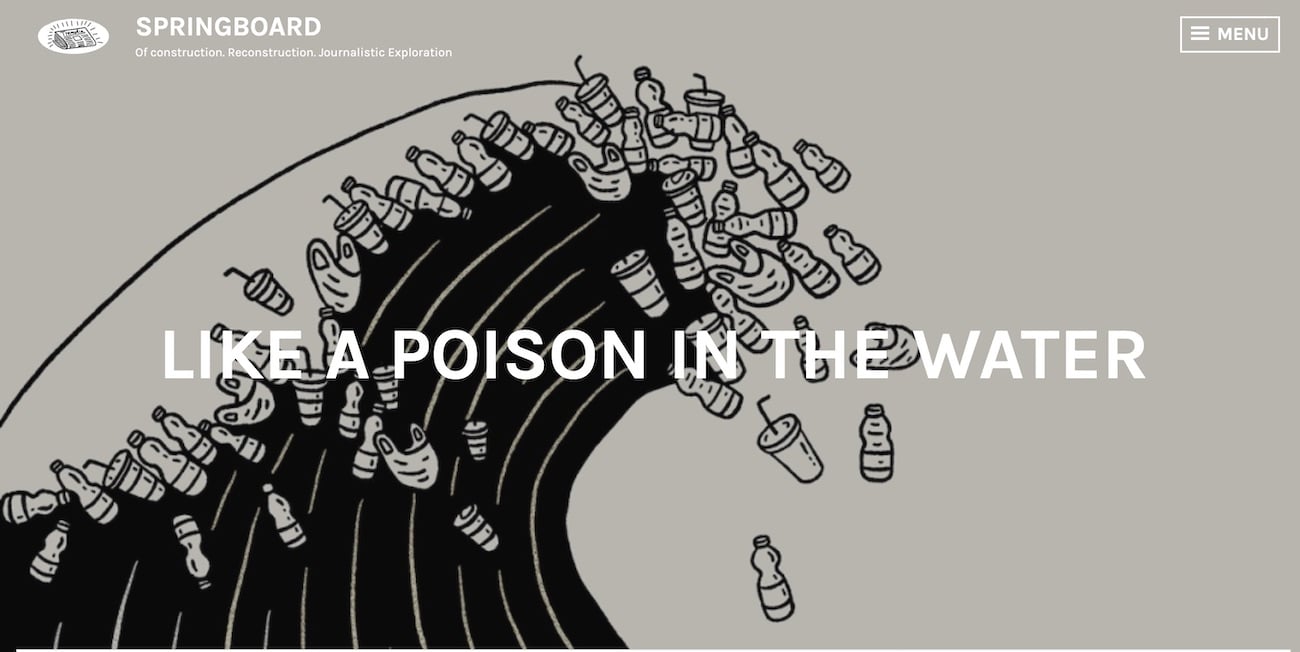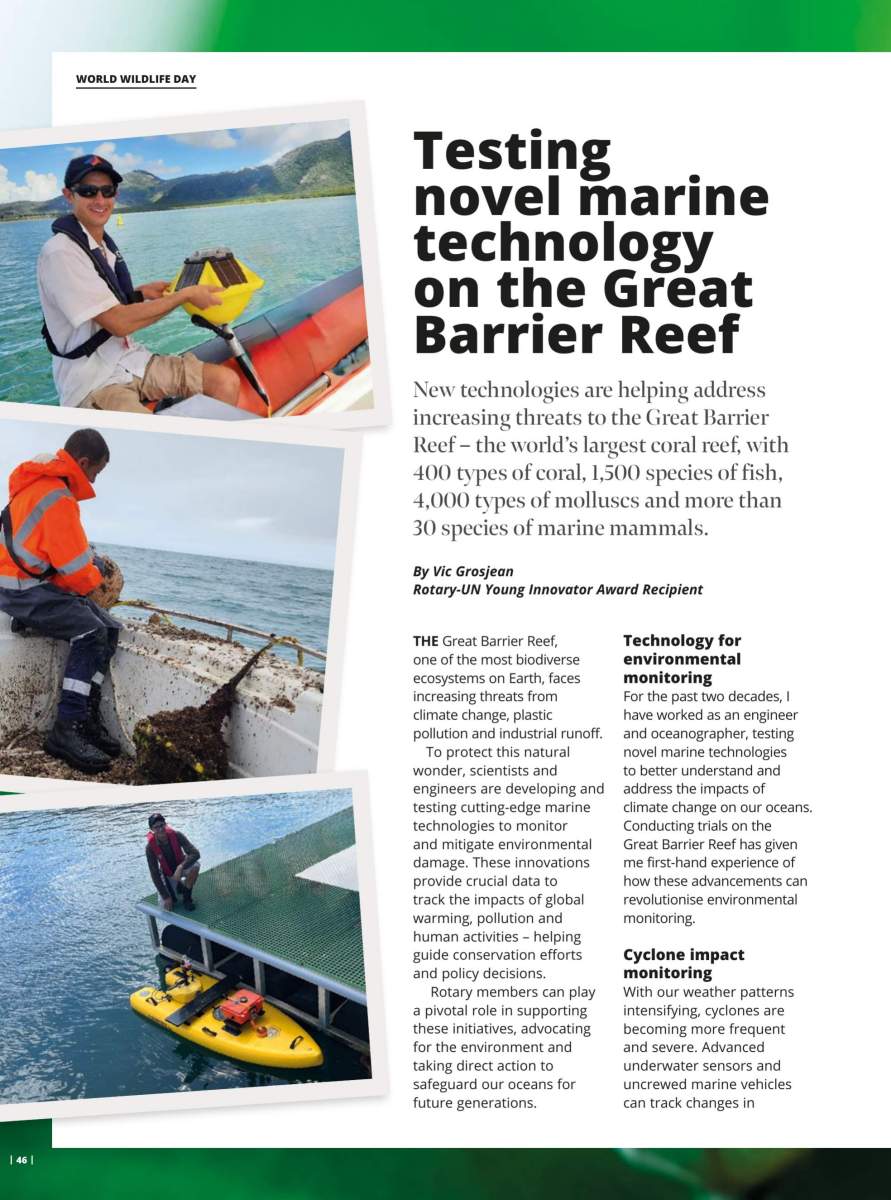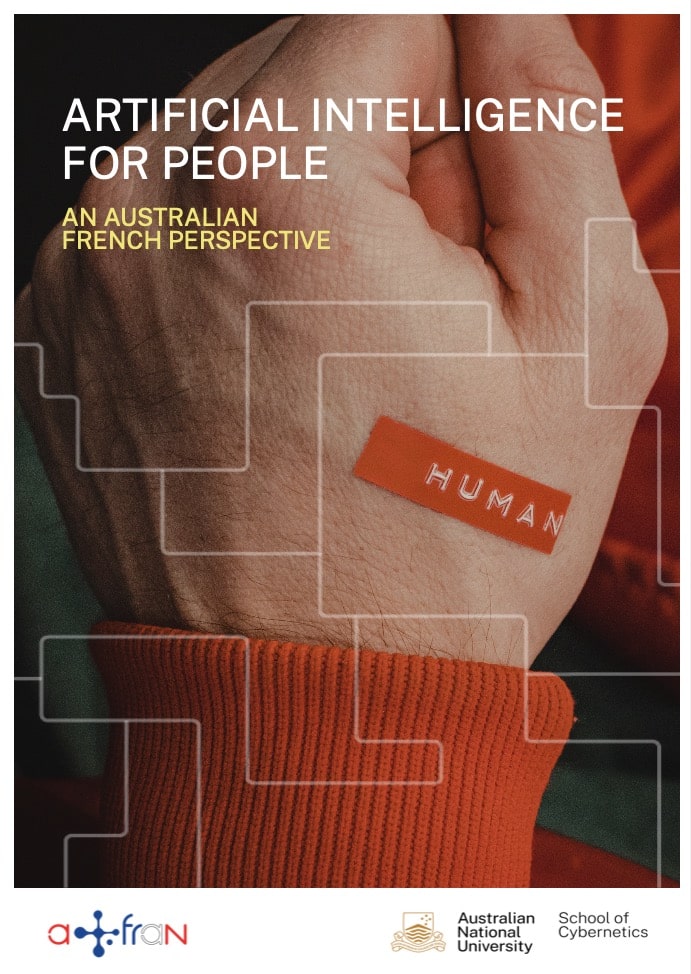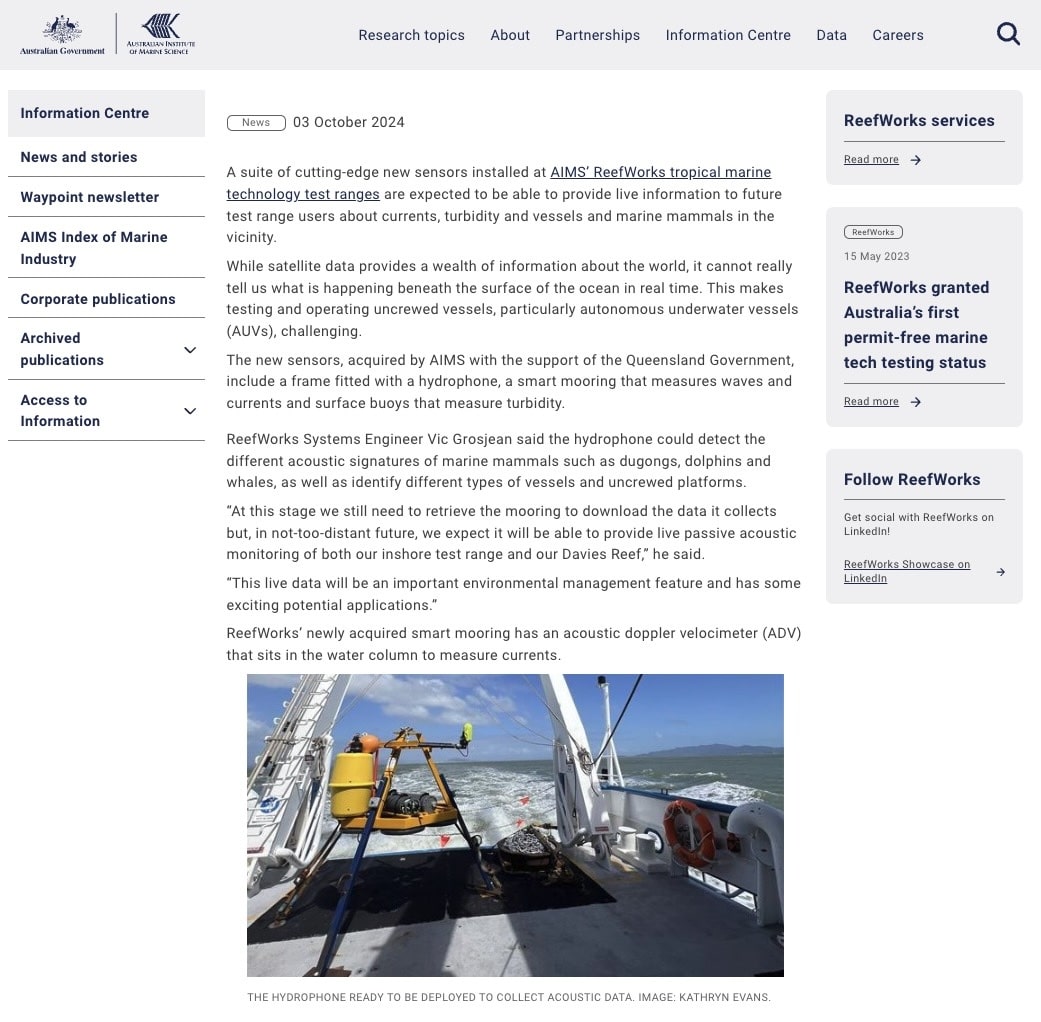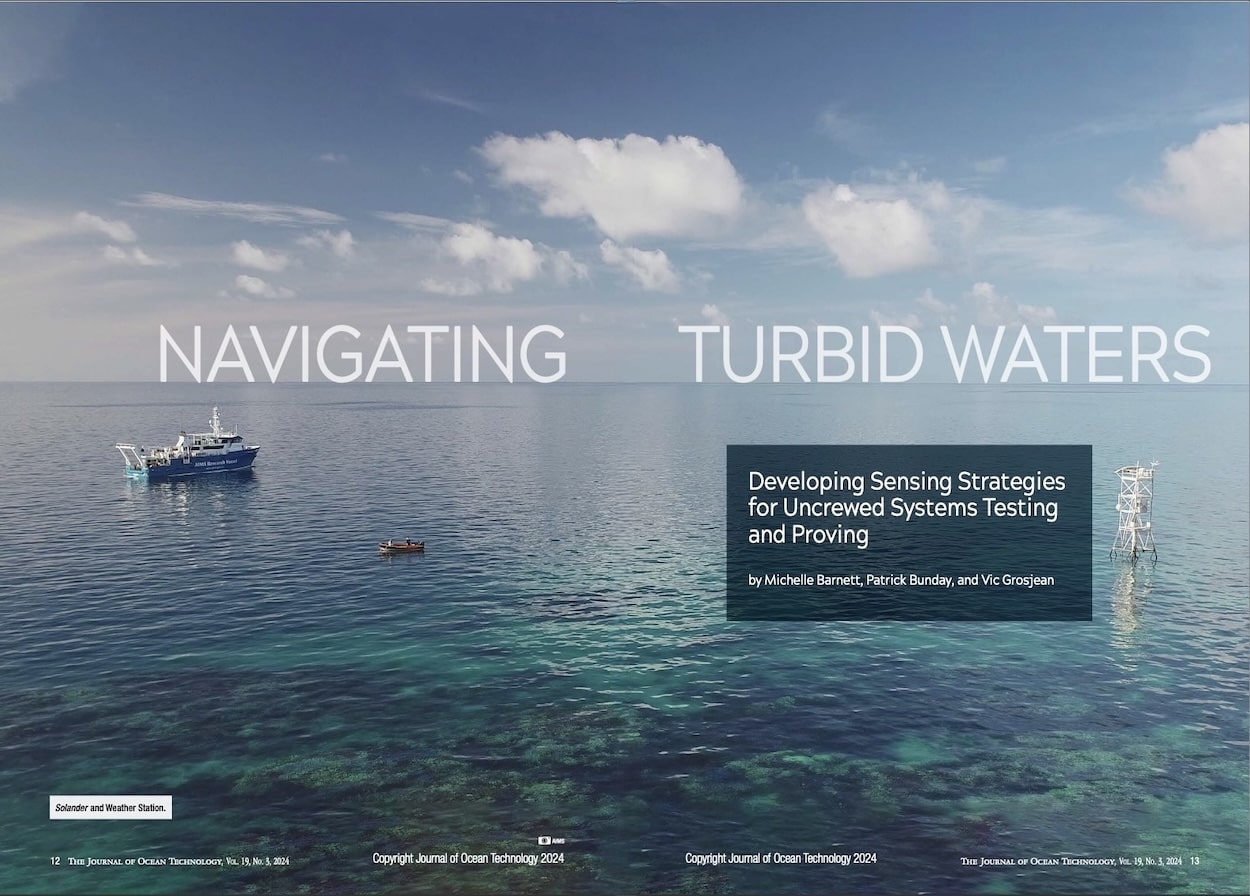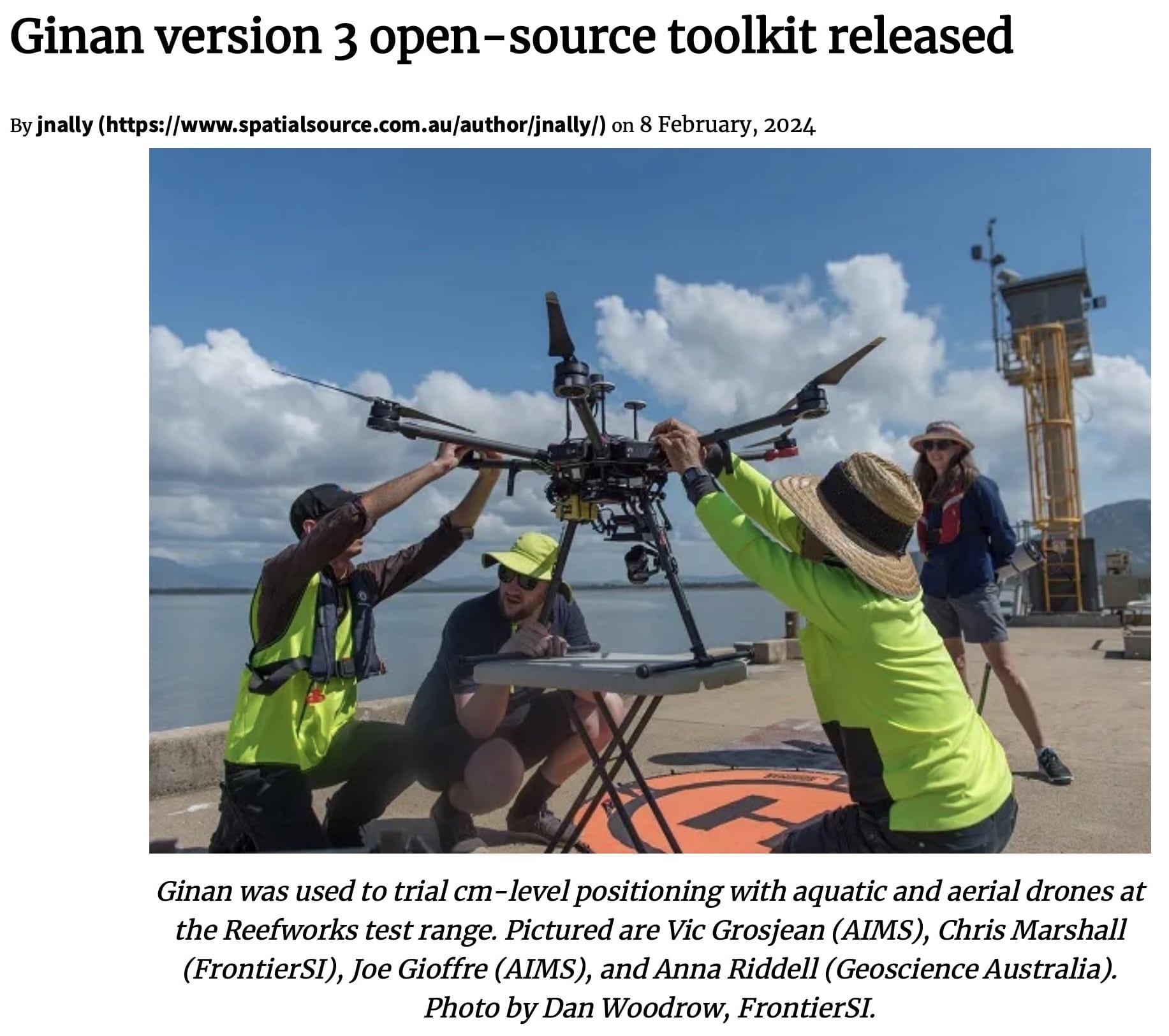| FOR IMMEDIATE RELEASE |
3, March 2019 – Ocean Plastics: A bottle to the sea’
Vic Grosjean engaged in a mission to trace the source of the pollution problem.
Alarming studies on coral bleaching, melting ice or endangered marine species are raising a growing scourge: plastic pollution. Every year, 8 million tonnes of plastic invade our oceans. Nicknamed the “seventh continent”, the waste vortex located in the Pacific Ocean, halfway between Hawaii and California, is growing day by day. Faced with this threat, engineers engage in missions to trace the source of the problem.
Oceans preservation is one of the greatest challenges of the 21st century. The proliferation of plastic is a dual issue: one must focus on how to collect the plastic already present in the oceans, while the other must try to prevent it from entering. The most relevant solution would be to stop pollution at its source before it reaches the oceans.
If the task seems colossal and endless, recent studies have shown two encouraging facts that facilitate the traceability of waste. The emanation of plastic would concentrate in very specific areas of the globe while packaging, products manufactured by man, would be the essential.
” Today, 90% of the plastic that enters our oceans comes from only 10 rivers in the world, only 10! explains Vic Grosjean, engineer and oceanographer based in Melbourne. Progress could take a different turn if we focus our efforts on these ten rivers located mainly in Asia and Africa. ” The study published by the Dutch Ocean Cleanup Foundation indicates that the Ganges in India, the Nile in Egypt, the Yangtze in China and The Liwung in Jakarta are among those particularly polluted rivers.
A member of the Rotary organization, Vic is one of six Rotarians in Action awarded at the United Nations for their efforts in cleaning up the seascape. The French launched in 2017 its own consulting engineering company, OceanX Group.
” In our program, we use floating plastic traps that drift on the rivers to capture the waste before they meet the ocean. For large areas, surface drones, similar to mini-boats, are propelled into harbors and marinas. Further on, other drones fly over the open sea while underwater autonomous vehicles take care of the deep areas. On land, robots roam the beaches .
Once the naval forces of different autonomous vehicles are combined, the clean-up of the harshest environments can begin on a large scale. But identifying the source and type of pollution remains crucial for the engineer.
” I invite citizens to tag photos revealing water pollution on social networks. We can in turn identify the types of waste. With the current advances in artificial intelligence, an algorithm is being created for machines to be able to distinguish a bottle from a plastic bag. We try to estimate the number of pieces of plastic drifting on the streams. The goal is to know where plastic comes from to stem its source of diffusion locally. Finding the source of pollution is the best way to eliminate it . ”
Today, 90% of the plastic produced around the world is not recycled. Plastic is literally everywhere around us, not just in packaging. Textile, rubber tires and urban pollution are also the first source of microplastics in our oceans. ” Little waste is incinerated and the majority is buried. The waste ends up surfacing one day or the other, ” says French . ” Distribution chains should reconsider the life of a plastic product by incorporating a” life cycle “. ”
The ocean scientist, who stands on the side of zero pollution advocates, tells us that water contamination in developing countries is the result of a lack of recycling options. ” Some countries do not have access to landfills or incinerators. They have no choice but to dump waste directly into the rivers. In Africa and Indonesia, water is purifying and it is normal to get rid of waste by the waterways. The water washes away diseases and carried off the problems. ”
The recent short film ” Hybrids ” warns about the consequences – not so far away – of pollution on marine biodiversity. The mini film, nominated for the Oscars, gives a disturbing portrait of a large blue populated by creatures “half-waste half-animals”, forced to adapt to the surrounding pollution.
Despite cultural initiatives to raise public awareness, ocean pollution remains an abstract and distant problem for urban populations. ” The disaster that is happening is out of sight for many of us. Many people do not realize, assures Vic. Easter Islanders are thought to have decimated far too many trees before realizing that they had sealed their fate and contributed to their own extinction! The consequences will not be felt immediately .
Recall that plastic is the most popular waste, but is far from the only one. The material is classified among 16 other categories, including oil and lead. Even more alarming, and according to a UN report, if we take no immediate action, there will be more plastic than fish in our oceans by 2050 …
Pierre Gautrand
Illustration of the artist John Larigakis, plastic wave. http://www.larigakis.com/
‘Ocean Plastics: A bottle to the sea’, 3 March 2019, by Pierre Gautrand, on ‘Tremplin Media, Tracing back the origin of the Great Garbage Patch: Where is pollution coming from?
Join the conversation and help us clean our oceans!
